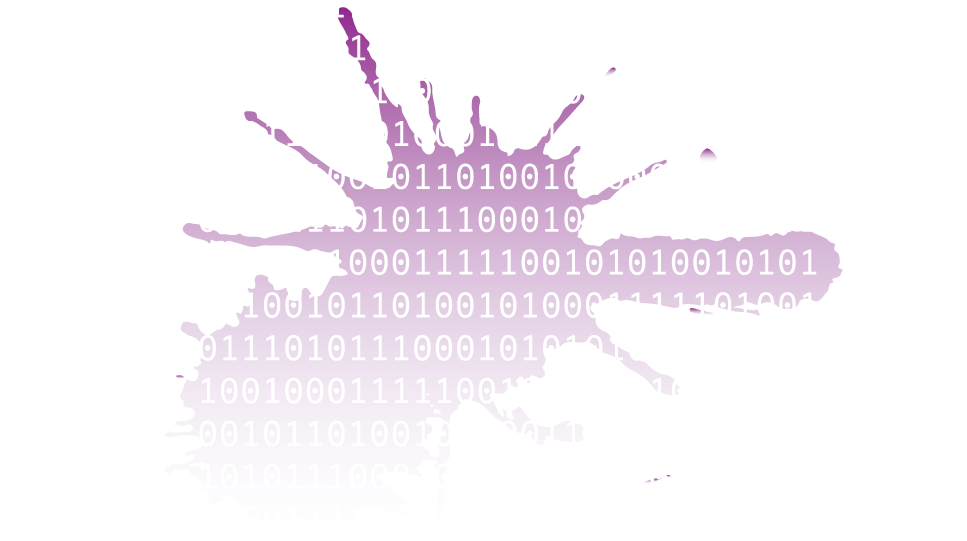The practice of embedding messages within messages — called steganography — has been used by spies, soldiers, and criminals for centuries.
But steganography has everyday applications, too, and a team of Columbia computer scientists has developed a technique that can protect copyrighted material and prevent document tampering by hiding signs of authorship within a text. The system, called FontCode, accomplishes this by subtly tweaking the widths, heights, and curves of individual letters. The typographic alterations can encode significant amounts of data, such as information about a document’s date of creation, but cannot be seen with the naked eye.
“The hidden message is preserved even if someone prints out the text,” says Changxi Zheng, an associate professor of computer science, who led the team.
Zheng says that hiding information about a document’s provenance is just one of FontCode’s many potential applications. He says the technology could also be used to encode information now contained in product barcodes and QR codes — the square grids that often appear in advertisements and which can be scanned with smartphones to link to websites.
“If you don’t want to compromise the aesthetics of an advertisement with a QR code, you could embed the URL of your website right into the ad’s text instead,” he says.
And while there is nothing to stop spies or criminals from using FontCode to send secret messages, Zheng says they would likely be disappointed with the results. That is because documents that contain nonstandard variations of common fonts could easily be flagged as suspicious by any number of text-analysis programs that counterintelligence and law-enforcement officials use.
“If you’re sending secret messages for nefarious purposes, you really want to conceal the fact that you’re hiding something in the first place,” Zheng says. “Our goal is to put information in a discreet form — not necessarily to hide it altogether.”



